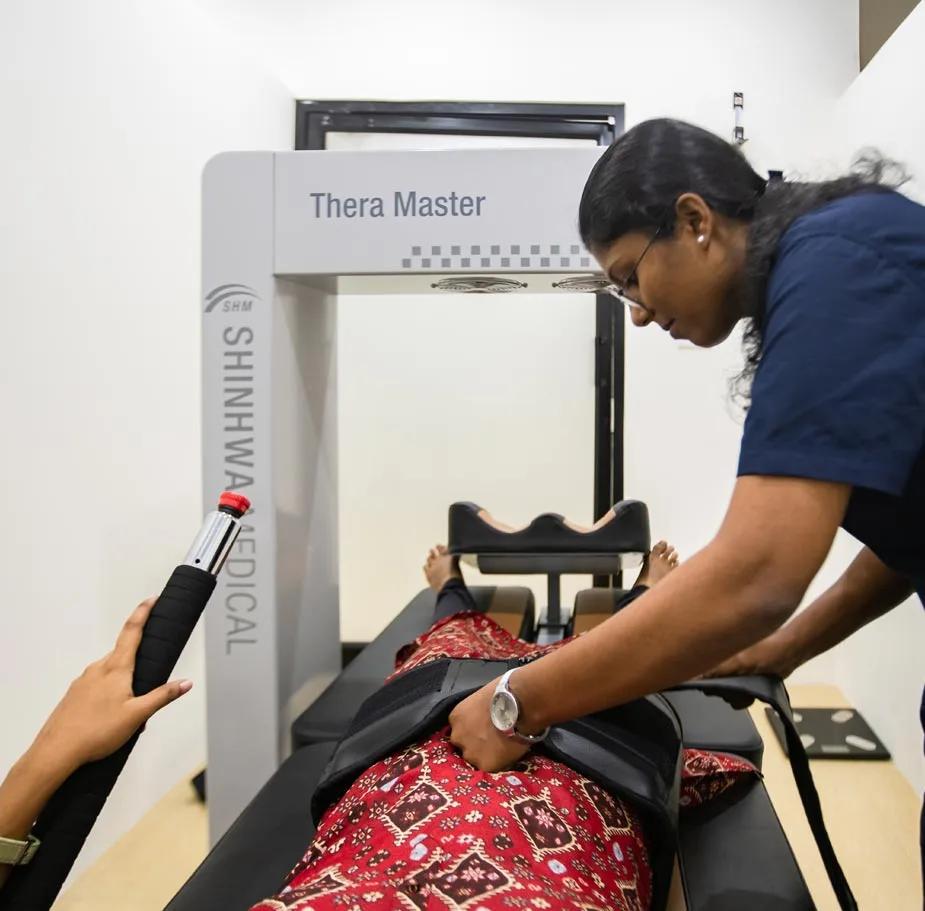Neck Pain
Symptoms
Symptoms of neck pain may include:
Pain that worsens when holding your head in one place for long periods, such as when driving or working at a computer
Muscle tightness and spasms
Decreased ability to move your head
Headache
Causes
The causes of neck ache can be either mechanical or non-mechanical:
Diseases
Diagnosis
Treatments
The most common types of mild to moderate neck pain usually subside within two or three weeks with rest. If neck pain persists, your doctor might recommend other treatment options.
A physical therapist can correct your posture, alignment, and guide you on neck-strengthening exercises, and other measures to help ease your pain and prevent a recurrence. IFT, US, and ESWT are the modalities that help in pain management. Many treatment plans for continuous neck pain include some form of physical therapy to improve neck strength and flexibility. The physical therapy program’s duration can vary depending on the specific diagnosis and severity. Multiple sessions per week with a trained physical therapist may be recommended initially. In time, home exercise can be used to manage your neck pain.
Our Spinal Wellness Program is a combination of manual and advanced therapeutic modalities, specific to individual patient conditions and diagnoses. Cervical decompression is an advanced version of traction which creates a negative pressure of -150 to -200 mm Hg and helps the disc shrinks to original shape. It applies computer-controlled pulling forces at precisely measured angles to gently distract specified segments. This distraction in the joints relieves pressure within the disc and any pinched nerves which promotes the movement and absorption of fluids and nutrients in the disc space. These fluids and nutrients are adequate to maintain disc health. This treatment also relaxes tight or stiff muscles. Progressively, these mechanisms can help to relieve pain.
Shockwave Therapy (ESWT) is an advanced modality for the treatment of musculoskeletal conditions and its very effective in trigger points. ESWT uses sound waves (high amplitude pulses of mechanical energy) to breakup infected tissues and stimulate the rapid healing process.
Ergonomics correction and appropriate rehab is extremely important for neck pain management as it helps in preventing recurrence. This consists of proper postural habits, proper work environment, neck exercises and modifications in activities of daily living.

